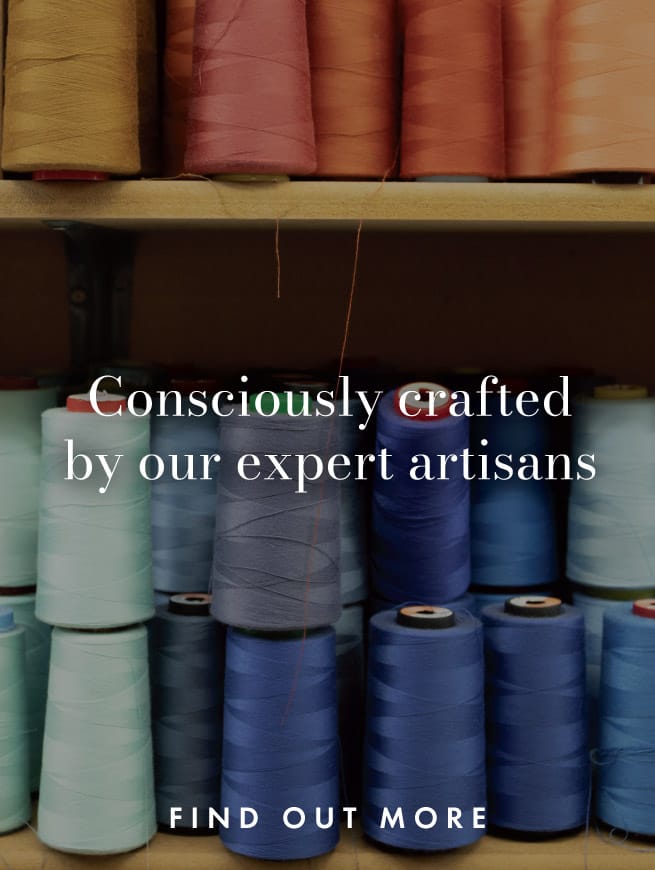Care, Repair and Re-wear
With sustainability being an increasing concern and fast fashion continually greenwashing customers about their manufacturing practices. As consumers, we're finding ways to make changes to our own wardrobes and habits.
With a little patience and determination, you can learn how to extend the life of your beloved clothes and accessories. Repairing what you already own can be enjoyable and become a meditative and soothing process. The possibilities of mending are endless and it feels particularly rewarding!
There is visible and invisible mending.
You can choose to make your mending artistic so that it stands out beautifully. This can be done using coloured thread and decorative stitching, such as embroidery and include beads, buttons, and lace. Patchwork works great too, you can use simple square designs or be as intricate as you wish.
Invisible mending is much more subtle and requires patience and appropriate use of stitching techniques. With the aim of making the garment look as close to its original condition as possible. You will require practice on spare fabric initially to perfect your technique. Then, choose the appropriate type of thread, where the colour should be as close as possible to the original piece.

Depending on your fabric, some repairs are simply better done by hand, whereas some may require a machine (if speed or certain accuracy is your aim). If you do not own a sewing machine, you'll be pleased to know that you can do most repairs by hand! There's a whole world of mending techniques to learn, in this blog, we'll focus on the basics and hand-stitching techniques.
Handy things to have if you're starting off any repairs: needle, thread or yarn, as well as a mushroom darner or an embroidery hoop.
There are certain hand stitches which will get you through just about any sewing task.
Types of hand stitching techniques

Chain stitch: A loop is made, held in place with thumb and forefinger, it returns to back where it began. A continuous stitch is looped back on itself (not to be pulled too tight).
Running stitch: A straight line of stitch.
Back stitch: A running stitch that is threaded back into itself.
Blanket stitch: Focusing on the edge of the applique piece, catching the loop each time as you are going back down.
Cross stitch: Start left to right on a diagonal, then up and across from the back. Focusing on one diagonal line at a time, then going the opposite diagonally from top to bottom.
Whip stitch: Continually moving and looping over the edge of the fabric.
The possibilities and techniques are endless; so it is worth experimenting and finding a technique that you find the most enjoyable. Here are some repair examples which may inspire you to try it!





